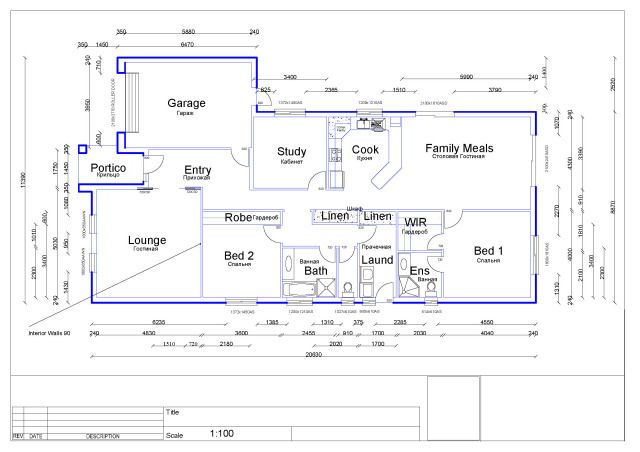Mosey
Well-Known Member
You have shown us a very fine set of drawings that obviously represent many hours of work, thanks.
I do have suggestions that I think will make them even better, so please take these comments in the spirit of offering help.
I have made a few notes in a freehand sketch over a couple of your drawings.
1. use a different arrowhead, one that is open, as these overpower the drawing.
2. make dimension strings to include all of the dimensions keyed to an overall string...no floaters
3. use several line-weights to denote differing things, with 1 heavy line profiling the perimeter of the major part
4. a little more space between the individual drawings would help in places
5. Valve and Points sheet is excellent because of the placement of drawing groups in boxes.
6. Some of the drawings are very faint, like the valves, PDF problem?
7. dashed lines could have a finer dash, as not it gets lost in the rest of the drawing.
Please see my sketches below, and if you like, we can work on this some more.
Mosey
View attachment piston.pdf
View attachment crank .pdf
I do have suggestions that I think will make them even better, so please take these comments in the spirit of offering help.
I have made a few notes in a freehand sketch over a couple of your drawings.
1. use a different arrowhead, one that is open, as these overpower the drawing.
2. make dimension strings to include all of the dimensions keyed to an overall string...no floaters
3. use several line-weights to denote differing things, with 1 heavy line profiling the perimeter of the major part
4. a little more space between the individual drawings would help in places
5. Valve and Points sheet is excellent because of the placement of drawing groups in boxes.
6. Some of the drawings are very faint, like the valves, PDF problem?
7. dashed lines could have a finer dash, as not it gets lost in the rest of the drawing.
Please see my sketches below, and if you like, we can work on this some more.
Mosey
View attachment piston.pdf
View attachment crank .pdf



























































